27.05.21
Recently Radio 1 invited me for an interview about digital product placement. This came as quite a surprise considering scientific research about the potential and the benefits of digital product placement was already conducted in 2014. Where is the increased interest in the subject coming from? Perhaps because technology has reached a tipping point. All the more reason to further elaborate this old–school marketing tactic and how it currently has become hyper relevant, but simultaneously raises some key questions.
PRODUCT PLACEMENT: WHAT AND WHY?
Let’s start from the beginning: what is product placement and why is it such a powerful marketing technique? Product placement, also known as embedded marketing, is a marketing technique where references to specific brands or products with a specific promotion goal are included in another creation, such as films or television programmes. The strength of this technique is the contextualisation of the product or brand: by placing the product or brand in a certain context, people can identify with the character or presenter. In this manner, spontaneous associations are triggered that automatically transfer to the spectator/consumer. In this way, product placement is a true enabler of the relationship between consumers and brands, according to the Act Human philosophy.
Product placement happens in a non-intrusive way: as a spectator you do not have the feeling that something is forced on to you. Furthermore, targeting is generally thought about very carefully; which product can be placed in which context so the target group can effectively be reached. For instance, think about Princess Elisabeth who was spotted with sweatpants from the brand Rectoverso about one year ago. This appearance made the demand for the brand explode. In this case we do not speak of product placement as such, but the mechanism remains the same: people aim at stimulating recognition and transferring associations and values to boost the purchase intention.
One of the most impressive examples of product placement is without a doubt in the James bond movies. These movies contain no less than 30 product placements. In most of the cases these are paying product placements where the organisation behind the brand or product pays a certain amount to appear on screen. In doing so, the organisation deliberately focuses on a specific target group:; the product placement in James bond for example is of a totally different nature than that of the film E.T., where a different audience is sought out.
DIGITAL PRODUCT PLACEMENT: (IR)RESPONSIBLE?
However, the media consumption behaviour and in particular the viewing habits have enormously evolved the past few years. Streaming for the most part has taken over live TV. Channel surfing no longer exists,; we are now all on-demanders or Netflixers, Streamers and Disney+’ers. This entails a large challenge for the industry because now an important, if not most important, revenue stream disappeared: commercials between and within programmes. On top of that, an increased level of scepticism of the consumer towards commercials has emerged; more than one out of four people in Belgium use ad blockers. And who still clicks on paid advertising in search engines nowadays?
Enter digital product placement. Modern technology allows us to create virtual product placement, namely sliding digital footage in existing content without this being noticeable for the spectator. For instance, billboards in the streets in movies can be altered or the brand of beer the main character is drinking, can be changed.
But there is more, digital product placement goes further than merely adding footage with the help of sophisticated technology. By analogy to the widely used retargeting marketing strategy, the added footage can also be personalised based on your individual online footprint. If you were googling your favourite watch this afternoon, it is possible that you will see this later that day in your favourite streamed series.
In short, these are new, evolved forms of product placement. And this immediately rases a few questions.
With digital product placement, several concerns come to mind. First, regarding intellectual property rights: are you allowed to just change the content of a movie, series or tv-show? Also, regarding regulations: are you in this case also obliged to insert the ‘pp’ logo to make consumers aware of product placement? And finally, concerns also raise about authenticity: does the story still make sense after the digital alterations? How would we react when we see James Bond drink a Heineken instead of a Martini, shaken not stirred? This happened for the first time in the Bond-film ‘Skyfall’ in 2012 in exchange for an investment of sixty million euros by the beer brand. A beer on which a Bond-fan choked without a doubt. In this case it wasn’t even about a digital product placement, but it addresses the same sensitivity: the significance of truthfulness and credibility. A given that is not only relevant in product placement, but for the entire marketing profession.
Think about influencer marketing for instance: organisations no longer merely focus on macro-influencers with a reach of millions of people, but more often collaborate with micro-influencers. These influencers create a community of likeminded people with their followers and praise authenticity and sincerity in everything they post or promote. Is authenticity in other words not the most important challenge of marketing today, in a digitalized world where anything is possible? How do you keep it real and believable? How do you truly and authentically invest in relationships?
Virtual product placement offers multiple opportunities, which is clear by now. It therefore comes as no surprise that the potential of it is highly estimated. There, however, are still a few unanswered questions concerning legal aspects, artistic integrity and consumer privacy of digital product placement. These questions will without a doubt have to be acknowledged as well.

